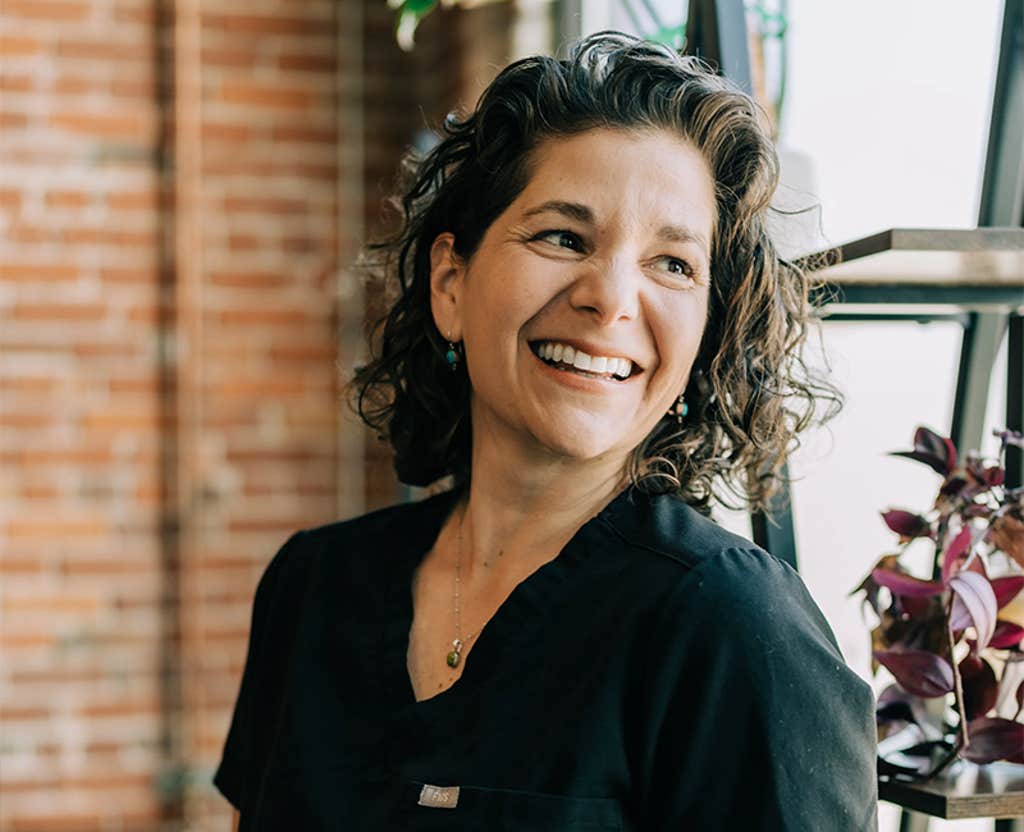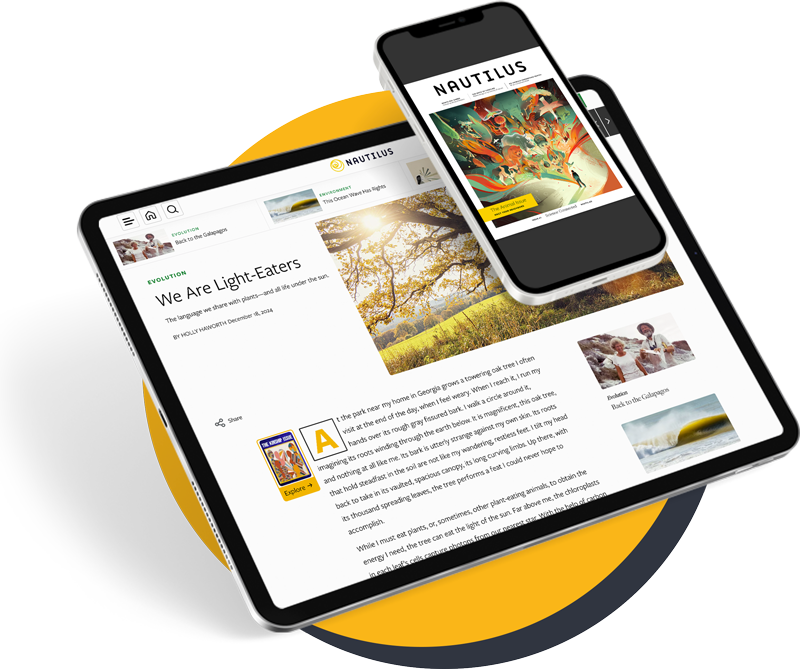When the COVID-19 pandemic erupted in 2020, Rachel Drayer was on the frontlines. She was a physician assistant in emergency medicine at a large hospital in the Seattle area. Patients poured in every day, sick and dying from shortness of breath.
“I wore the same N95 mask for three weeks,” Drayer, 48, told me recently. She stored it in a paper bag between shifts. “I worried every day about dying. People just like me, fit and healthy, were dying.”
For months on end, Drayer weathered the worst stress she had ever felt. Then things got worse. The atmosphere in the hospital and city changed. “Initially people were pretending to be really kind and supportive, and then people got vile and angry and so selfish and mean,” Drayer said. “It was really hard for me to wrap my head around why people would act that way.”
“I’d like to have joy back. I want to be able to laugh and cry. I want to feel anything.”
Constantly angry, burned out, and depressed, Drayer moved to a rural town in Washington state to work in a community hospital. She thought the change would do her good. It brought her to a new level of dejection. Patients were now complaining that Covid wasn’t real, it was a government conspiracy.
“I went from managing really scary trauma situations to being told that I was part of some governmental lie to fleece people out of, well, I don’t know what,” Drayer said. “I tried to be nice, but I had to say there’s no way you’re going to convince me that this is fake or contrived or a liberal hoax because I’m pretty sure that I was not shoving tubes down people’s throat for fun.”

Drayer had become an emotional zombie by 2022. At the time, she said, all she could think was, “I don’t want to feel like this anymore. I’d like to have joy back. I’d like to have lightness. I want to be able to laugh and cry. I want to feel anything.”
When Draper learned about a clinical trial in 2022 to take psilocybin to relieve burnout and depression, she signed on the dotted line without hesitation. The clinical trial was designed for people exactly like her: healthcare workers who labored on the Covid frontlines. She also laughed at the prospect, she told me. “Oh, somebody wants to pay me to get high? OK, cool.”
Before the “medicine day,” Drayer said, the trial’s researchers explained to her why she made a good candidate. They told her, she recalled, “You don’t have a long neurobiological history of this kind of depression and stress, which tells us that your brain is not necessarily predisposed to feeling this way. This is an acute stressor that’s causing this. If we can rewire your brain and convince it not to feel this way, it’s probably going to work.”
“It was healing childhood wounds. It was understanding my gifts in the world.”
The six-hour trip surprised Drayer. “My journey had nothing to do with the hospital or Covid,” she said. “It had nothing at all to do with anything current.” She encountered what she described as “the three mothers of the universe” who showed her that her job was to give light to others. She watched them remove her soul—“this beautiful egg-shaped white light”—from her chest, explain it to her, and nestle it back “in this nest of blankets.”
“It was healing childhood wounds,” Drayer said. “It was understanding my place in the world. It was understanding my gifts in the world. It changed my life.”
Drayer’s story is representative of the renaissance in psychedelic medicine. Drugs like psilocybin promise something extraordinary: a rapid, almost magical relief from mental afflictions that resist conventional treatments. But scientists now challenge that narrative, a topic I explore in my Nautilus article, “What Is Your Brain Doing on Psychedelics?” The scientists suggest it may not be changes in brain activity sparked by psychedelic drugs that explains their therapeutic value, but the subjective experience—and aftermath—of being high.
Drayer agreed the drug wasn’t doing all the work of her recovery. Prior to her psilocybin trip, she said, “the work I did with a therapist trying to figure out how to separate my personal life from my work life and learn how to be softer and not so harsh, primed my brain for change more than anything. I was ready to make a change. I was in a perfect place and time for this.”
The lasting power of her psychedelic journey, Drayer said, has been reliving it. Six months after the clinical trial, she began experiencing what felt like panic attacks. “I was like, ‘What does this mean?’ And then I realized the thing I experienced during my journey, that’s what it means. I had a moment of clarity and then my whole body calmed down again. And I could just carry on.”
Today, Drayer said, she is no longer consumed by anger at hospital rules like the maximum amount of time she can spend with patients (20 minutes). “I realized that’s not where I should spend my energy, because that energy is not coming back to me in any positive way.” Now she focuses on patient care, has dropped to half-time at the hospital, and opened a private clinic focused on health and wellness. “The whole vision for the place and what I should be doing came from my journey,” she said. ![]()
Lead image by Tasnuva Elahi; with image by Jorm Sangsorn / Shutterstock
































